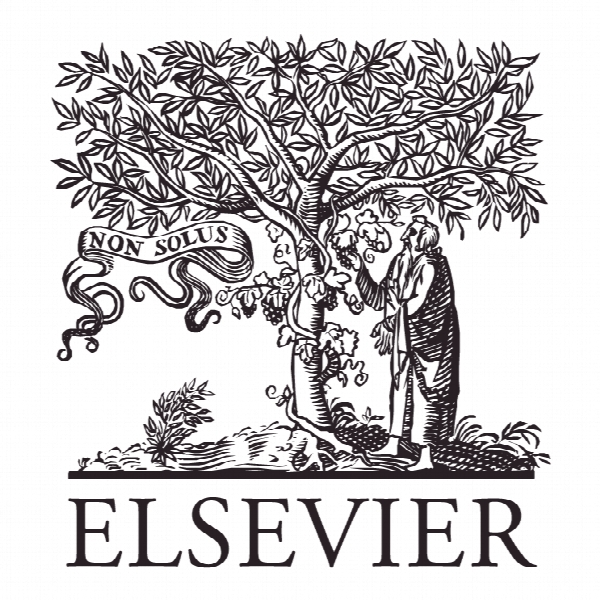یک سیستم پشتیبانی تصمیم گیری یکپارچه برای جنگل های مدیترانه An integrated decision support system for the Mediterranean forests
- نوع فایل : کتاب
- زبان : انگلیسی
- ناشر : Elsevier
- چاپ و سال / کشور: 2018
توضیحات
رشته های مرتبط منابع طبیعی
گرایش های مرتبط جنگلداری، سیاست و اقتصاد جنگل
مجله سیاست استفاده از زمین – Land Use Policy
دانشگاه Universidade do Algarve – Gambelas Campus – Portugal
منتشر شده در نشریه الزویر
کلمات کلیدی انگلیسی Sustainable forest management, Mediterranean forests, Mathematical programming, Decision support system, Fire hazard, Preservation of the biodiversity
گرایش های مرتبط جنگلداری، سیاست و اقتصاد جنگل
مجله سیاست استفاده از زمین – Land Use Policy
دانشگاه Universidade do Algarve – Gambelas Campus – Portugal
منتشر شده در نشریه الزویر
کلمات کلیدی انگلیسی Sustainable forest management, Mediterranean forests, Mathematical programming, Decision support system, Fire hazard, Preservation of the biodiversity
Description
1. Introduction The forest is an ecosystem that encases a high biodiversity and ensures the necessary ecological balance;this ecosystem is increasingly recognized as an area of fundamental importance for the maintenance of natural values and the improvement of people’s quality of life. Besides forest biodiversity, it still has the potential to produce a wide range of goods and services, such as wood, wood pulp, recreation, although some of these outputs maybe incompatible (Campbell, 1999). Forests also contain about 40% of the carbon stored in terrestrial ecosystems, being considered the “lungs of the world” and are also important sources of biomass production, which may have important uses for human activities. Leite (2005) states that the promotion offorest biomass is strategic, both atforestry sector level and energy sector level. The Mediterranean forests have considerable biodiversity, representing about 20% ofthe world’s floristic diversity. However,they are a fragile ecosystem in which the dry and hot summers contribute to the ecosystemfragility, namely by increasingfire risk, and where men’s interference has been a constant (Falcão and Borges, 2005). These forests are also the venue for different activities, in an almost perfect coexistence between forest, agriculture and wild life and are therefore considered and intervened by different stakeholders. Therefore, public decision and the different stakeholders preferences need to be accounted since there are different perspectives of what is a correct management. The decisions that must be taken by forest managers are also diverse and can affect large geographical areas for a long time. Not only today decisions affect future decisions as decisions over a part of a forest can affect other parts of the forest. The number of factors that should be, simultaneously, taken into account is huge, which recommends the use of decision support systems (DSS). Raunikar and Buongiorno (2007) state that the process of modelling the forestry sector has had substantial progress over the last 30 years, being the mathematical programming models used in the definition of the economy and the national forestry policy (Adams et al., 1996; Raunikar and Buongiorno, 2007). In the 60’s, early works were published using linear programming in forestry management (Curtis, 1962 cited by Rodriguez and Borges, 1999; Leak, 1964; Loucks, 1964; Nautiyal and Pearse, 1967) and since then due to the development of technological tools this field of research had a considerable growth. In Portugal, forest management models often focus on a longterm strategic management. Borges and Falcão (1999) and Falcão and Borges, in several works (Falcão and Borges, 1999, 2001, 2002, 2005) refer the use of linear programming in forestry management. Borges et al. (2010) present a positive mathematical programming approach to evaluate the effects of various economic policy scenarios on forestry sector.


